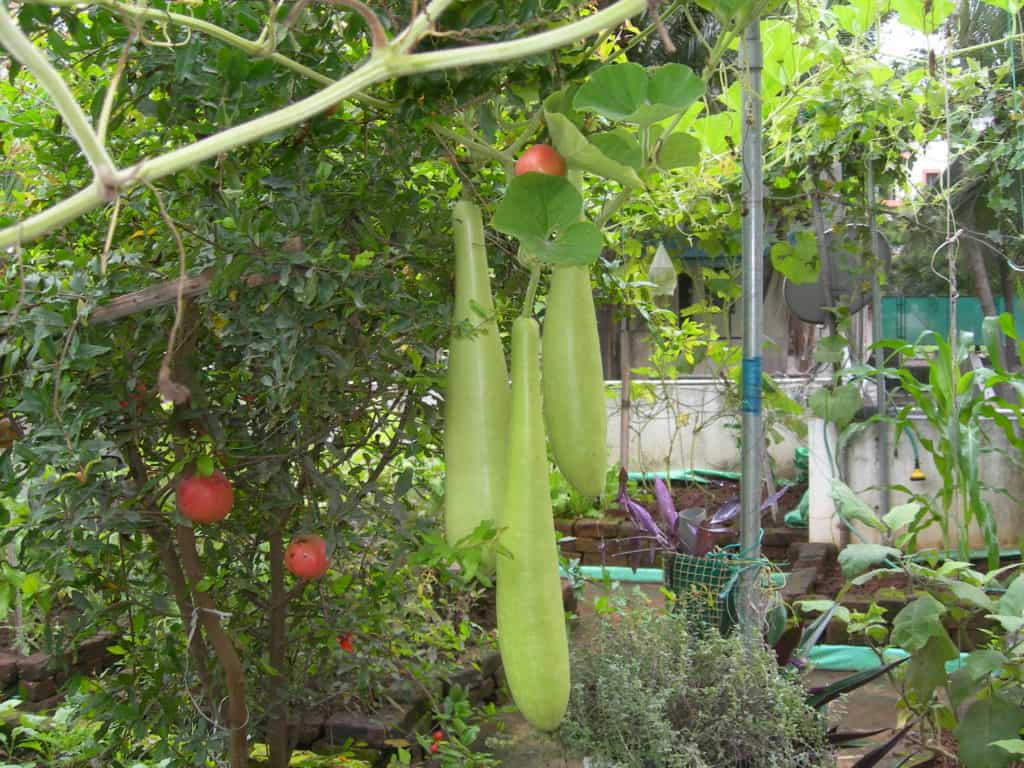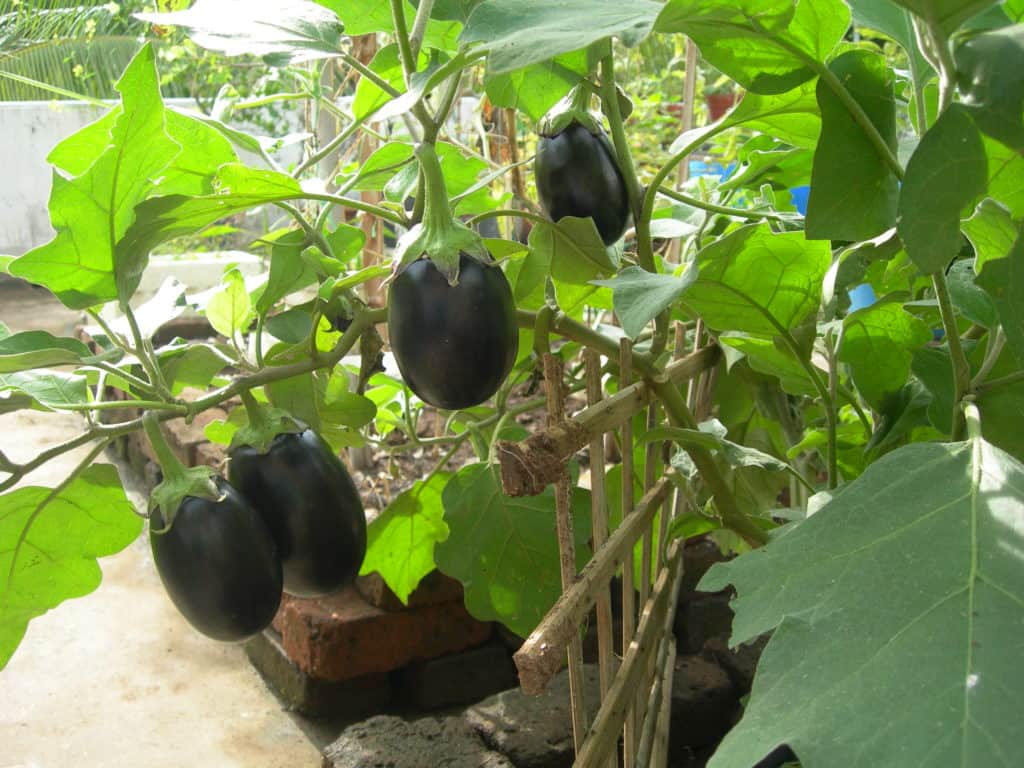The theme for World Environment Day observed earlier this week was ‘ecosystem restoration’ and it presents a good starting point for an important conversation – one about urban agriculture (UA) and its potential to revive and restore highly diverse ecosystems in cities. Initially, a majority saw urban agriculture largely as a hobby of a scarce few with enough time and a ‘green thumb’ practice. But today, many recognise its vital role in building more sustainable, climate-proof urban futures and are taking active interest in the same.
The pandemic and consequent lockdowns have, in fact, spurred an interest in urban agriculture as it is seen as a way to relieve mental stress and even address localised food shortages. This was evident from an ongoing survey we conducted at the Indian Institute for Human Settlements as part of a project to understand how urban agriculture is being practiced in Indian cities and its implications for sustainability and human well-being.
Cities and new urban challenges
In this increasingly urban world, it is expected that the global urban population can touch 6.3 billion by 2050, which is close to 70% of the total population today. Such unfettered expansion of urban sprawl and the steep rise in population in dense urban settlements pose challenges such as urban inequality, high rates of unemployment, higher living costs and environmental degradation in cities.
Apart from being vulnerable to these challenges, cities also play a key role in climate change mitigation primarily by reining in greenhouse gas emissions. They also offer possibilities to foster innovation and experimentation, stimulate citizen action and provide key ecosystem services enhancing the quality of life in urban settlements. Therefore, it is imperative to reimagine, recreate and restore urban ecosystems while also ensuring food security.

Urban agriculture is identified as one of the solutions with the potential to minimise these impacts and provide multiple benefits in addition to producing food. In this light, we see a breed of new urban farmers in the city experiment with and take up the practice of farming for different reasons – a 65-year old woman who is engaged in growing vegetables to supplement her vitamin-D requirements; an MBA graduate who has begun farming to create a food forest in the city; an IT employee who sees its potential to boost his income, as well as groups who are growing food to distribute it among the urban poor affected by COVID-19.
To capture such stories and experiences, we conducted over 50 in-depth interviews in Bengaluru and Pune and an online survey, which has so far garnered more than 100 responses pan India, to understand their practices and how, if any, people are practising urban farming in the middle of the pandemic.
Growing your own food, and beyond
We found that urban agriculture gained popularity over the past year — of the 100 online survey responses we have got so far, 73 said that they spent more time in their gardens during the lockdowns. Several individuals said that they revamped their homes and set up small kitchen and terrace gardens, growing microgreens and vegetables like tomatoes and brinjal.
Some told us that their friends inspired them and helped them set up their new gardens at home. Many also talked about how growing their own plants/food gave them a ‘sense of joy and satisfaction, allowing them to escape their loneliness.’ Several working professionals said that they don’t remember the last time they spent ‘quality time’ with their families and that the time spent gardening helped them ‘bond with their spouse’ and ‘understand their children better’, clearly indicating outcomes on personal well-being.
In many of our interviews we also observed how gardening changed children’s behaviour towards food wastage. A 35-year-old urban farmer in Pune, who set up a garden with her daughter, remarked, ‘since the time my daughter started gardening and watching the plants grow, she does not waste a single piece of food on her plate.’
Not just a hobby
We also witnessed a rise in young entrepreneurs giving up their lucrative careers and venturing into different types of urban agriculture, like hydroponics and aquaponics, honing their technological skills and passion for growing. Many businesses, like iKheti and Earthoholics indicated an increased client base for their online training, workshops and sharing of information related to growing, composting and maintaining gardens. They noted, ‘post COVID times, we have had participants from Delhi, Bangalore, Pune, Mumbai and more. In fact, we also train urban farmers living in the UK and countries in the Middle-East.’
Read more: Going green organically, at home and in the office
In one way or another, COVID-19 has motivated individuals, communities and businesses in India to get into urban farming practices either as a hobby or for growing a few herbs and microgreens to supplement a healthy diet or even as an alternative livelihood opportunity.
Having said that, COVID-19 restrictions have also negatively impacted some urban farmers and communities who had been practising long before the pandemic. For example, community gardening activities and face-to-face training suffered as training held in public gardens (like the Empress garden in Pune and Cubbon park in Bengaluru) had to be completely stopped. These face-to-face training sessions often catered to an elderly audience who do not typically sign up for online training.
Furthermore, gardening in office campuses and school premises has taken a hit too and the maintenance of such spaces has been a challenge. A school teacher in Pune lamented that their school rooftop garden, painstakingly developed by her students and even recognised by the Pune Municipal Corporation as a stellar initiative, had dried up completely.
Is urban farming forward for sustainable and green cities?
Urban Agriculture has gained prominence globally and there is a growing body of evidence which suggests that it has major co-benefits in terms of urban sustainability and human well-being. It plays a key role in reducing food miles, minimising the urban heat island effect and creating more ‘green jobs’ along with diversifying diet options. On the well-being front, studies from all over the world suggest that urban agriculture benefits both at individual and community levels, thus providing a palate of health well-being, and sustainability benefits that can lead to more green and liveable cities.
Read more: How to grow your food in your home garden: Hyderabad holds lessons
In India, we see urban farming taking baby steps in different forms and types — from kitchen gardening, rooftop harvesting, vertical farming, community gardening to aquaculture, hydroponics, permaculture and more. However, it has not been explicitly mentioned in urban policies nor recognised as a priority at a national level. However, there exist several entry points to mainstream the practice, such as providing incentives for its uptake through policies like the Smart Cities Mission and Urban Greening Guidelines.
Our initial observations are that urban agriculture has offered some respite to coping with localised and disrupted food supplies, which was acute during the nationwide lockdown in 2020, and relieving mental stress during a period of such uncertainty and isolation. Such tangible and intangible benefits of urban agriculture, emerging largely from the urban middle class, are critical to acknowledge and enable, as we try to move to more sustainable, climate-proof urban futures.
As one thinks about reorienting our cities towards more sustainable practices, we find urban agriculture to be a potential tool in a suite of interventions that have synergistic climate change, sustainability, and well-being outcomes.
If you have also started, expanded (or plan to start) a garden or a farm during lockdown, let us know more about your practices and experiences by filling out our survey at: https://upagri.wixsite.com/up-agri/survey


This is awesome. I grow and sell food from my rooftop and there are 2 specific benefits that are easy to appreciate :
1. Plants love the CO2 in the air – these rooftop farms are basically self sustaining carbon fixing engines.
2. By growing and supplying locally – the stressed supply chain system is relieved. The need to store food is a large component of the cost of food. And because the customer can’t pay premium in India – the compromise is done on the quality of the produce. Or the conditions in which it is grown.
The overall added benefit of new jobs inside the city plus a chance for children of the city to learn a life skill – why shouldn’t the city setup rooftop farms ?